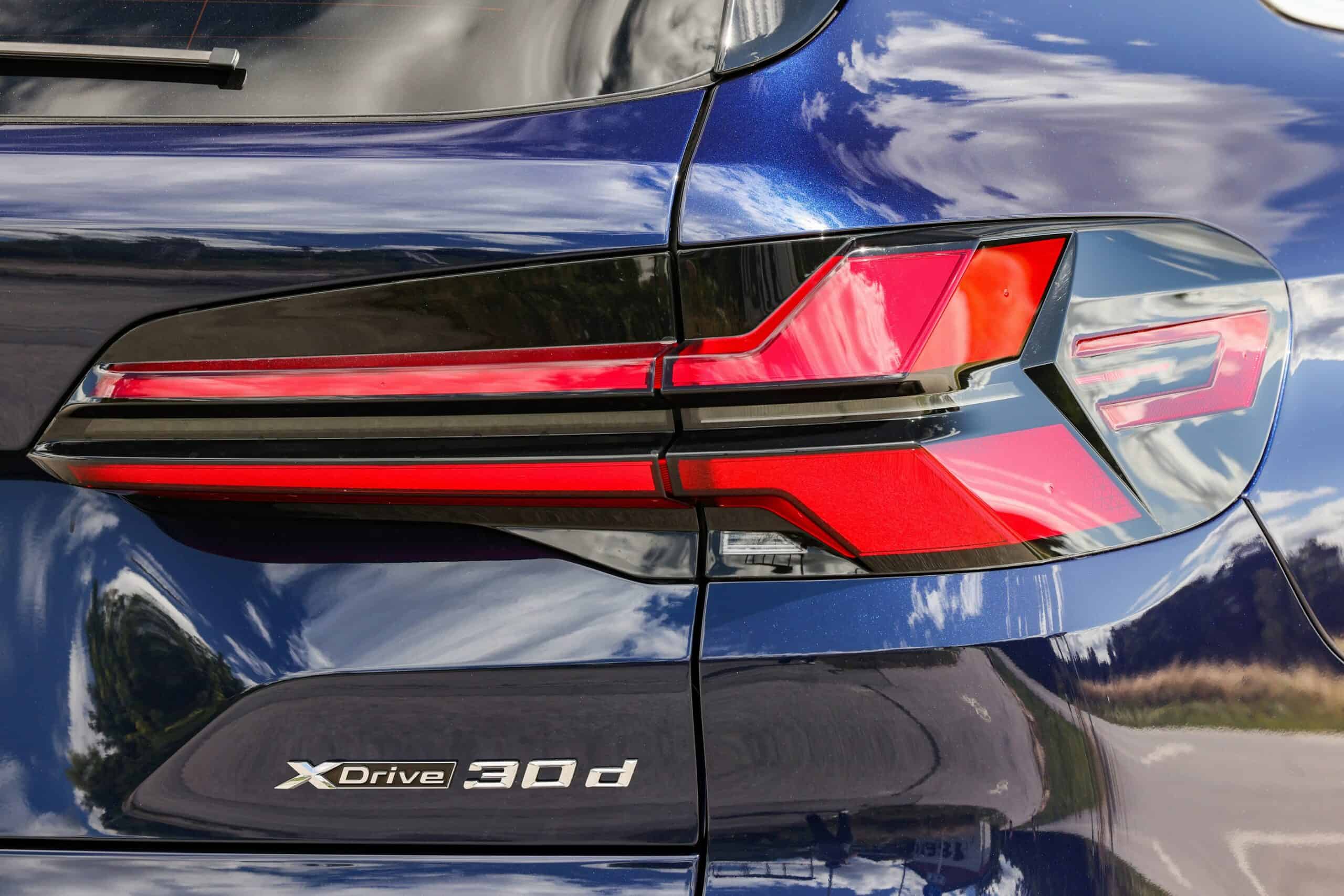BMW is swimming against the tide by refusing to go all-in on EVs. Last month, Head of Development Frank Weber told us the plan is to continue investments in cars equipped with combustion engines. With that in mind, it’s no wonder that the Australian branch is expressing its long-term commitment to diesels. How long? At least until the end of the decade.
Drive magazine spoke with BMW Australia Head of Product and Market Planning Brendan Michel about the importance of diesels at the dawn of the electrification era. He said it continues to play a “big role in our X5, X6, and X7 volume. I think it’ll [continue] to be a big volume player for us in the foreseeable future.” When asked what he meant by “foreseeable future,” the company executive explained diesels are sticking around until 2030.
In 2024, BMW Australia offers diesel engines only for the X3, X5, X6, and X7 SUVs. In European markets, you can get an oil-burner for the X1 and X2 as well, not to mention for sedans and wagons. As a matter of fact, the M340d and M440d M Performance models with diesels are still available. The M50d vehicles with their quad-turbo engines were retired a few years ago.
Despite the streamlined portfolio, diesel sales Down Under were actually up by 5% in 2023 compared to the year before. During the same interval, plug-in hybrids rose by 89% while EVs gained a whopping 161%.
As is the case in Europe and other regions, emissions regulations are getting stricter in Australia as well. They’ll get tougher in 2025 when automakers active in Australia will face hefty fines for exceeding the emissions targets. Drive magazine has done the math and estimates the X5 xDrive30d will incur $3,300 in fines. For the X7 xDrive40d, the fine could rise to $3,700. It’s not just diesels that are at risk. The gasoline X5 xDrive40i is estimated to result in a $3,800 fine while the X7 xDrive40i an even higher $4,800. That’s for every car sold.
For this reason, downsizing is in full swing across the automotive industry. Car manufacturers are cutting cylinders and adding electrification to meet increasingly stringent emissions laws.
Source: Drive.com.au






































































